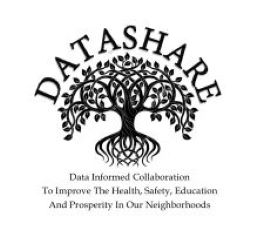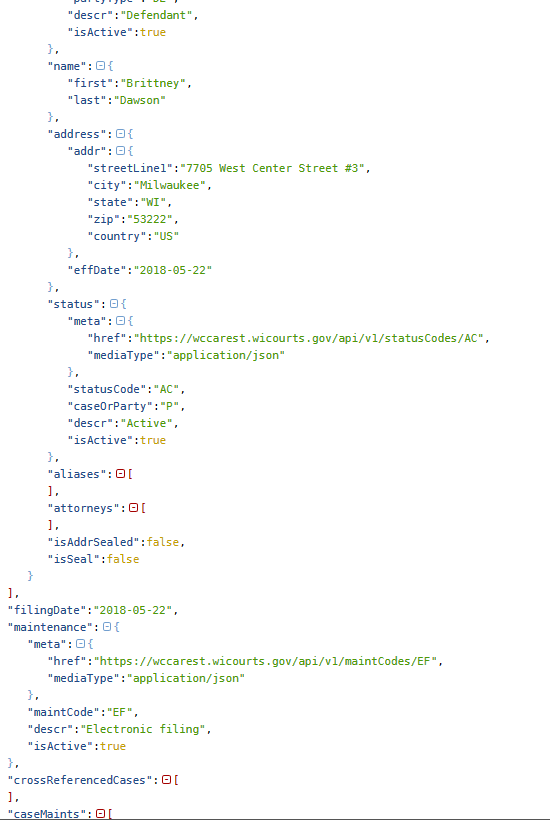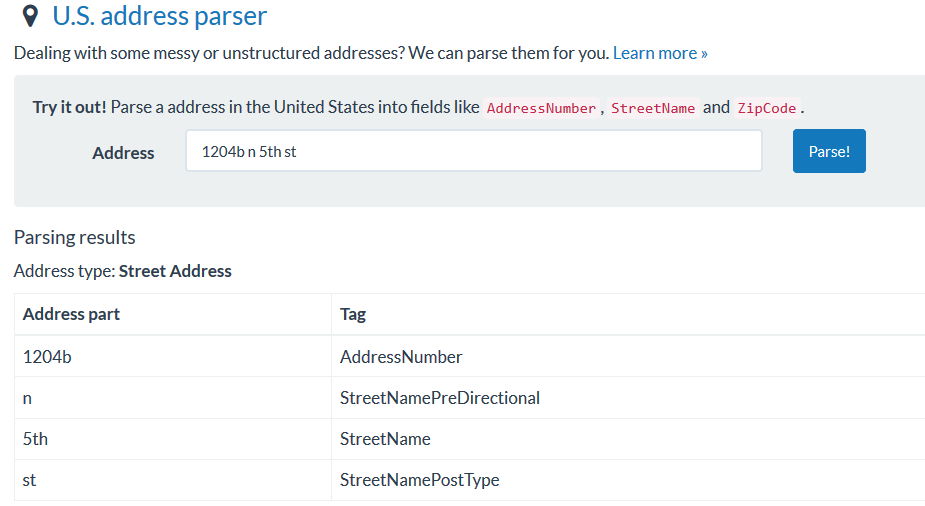[Civic] Data Engineering
Building a system to track Milwaukee evictions.
Branden DuPont
Eviction as a Social Determinant of Health
- Displacement
-
Children
-
Education – Increased absences due to instability or school changes due to relocation
-
Direct correlation between ER visits for children and housing instability
-
-
Adults
-
Education
-
Employment
-
Difficulty getting new job without permanent address
-
Risk of losing current job due to housing instability, relocation, transportation, etc.
-
-
-
Health
-
Housing conditions (worsened by cycle of eviction) like lack of heat, mold, infestations, etc. lead to health issues
-
Mental Health (perceptions of procedural fairness)
-
-
Family
-
Families can be separated or forced into unsafe housing conditions due to housing instability
-
Neighborhoods see increased crime in areas with high turnover and lack of community
-
Eviction Database Background
- Eviction database developed as a joint partnership
- Stemmed from the need to identify basic eviction data
- "Less than 1% of tenants in eviction filings, 112 out of 13,457, were represented by counsel in 2016" - Raphael Ramos



Policymakers, Researchers, & Community Members Need Eviction Data
- Difficult to understand drivers of eviction and design prevention strategies
- No ability to monitor and identify trends
- Community unable to view a properties eviction record
- Conducting additional research prohibitive
Datashare @ MCW = Local IDS


What Was Built
- Automated database that maintains Milwaukee eviction records
- Pipeline that assigns evictions to an address and taxkey
- Series of visualizations on aggregate eviction metrics
- Parcel level map of eviction filings
- Linked eviction records with building code violations issued within 90 days as well as open at the time of filing
Consider a Basic Question on Eviction
- "He'll evict you in a minute" - Milwaukee Journal Sentinel on Youssef "Joe" Berrada's Use of Eviction
- High eviction filing rate or does Berrada just own a large number of properties?
Data Needed To Construct an Eviction Filing Rate
- Court records on eviction - small claims case
- Address the eviction took place
- Taxkey information for that address
- The number of units at that property
- The primary land use of the property (multi-family or single-two family)
ETL: a hard ^#&@ing problem
Dave Guarino, ETL for America
- "Many of the problems government confronts with technology are fundamentally about data integration"
- Or, there is a reason no one was tracking evictions before
Getting Eviction Data

Got Eviction Data:
Deeply Nested JSON

- Data needs to be parsed into 8 tables
- Re-pull entire case for any slight change
- Retention rules: data needs to be stored and deduplicated
Get Eviction Location
- Drew from an established set of guidelines set forth by Matt Desmond's Eviction Lab Methods Report
-
Defendant in cases earliest address is used to represent an eviction location
-
Series of steps to match the defendant address to exact address listed by City of Milwaukee to get Taxkey
-
94.8% match rate compared to 93% match for Eviction Lab
-
Match an Eviction Record to an Address
- Defendant address formatted exactly as in city address
- Extensive series of steps to clean addresses

What Is A Taxkey or Parcel?
_0.png)
Taxkey is a unique ten-digit number assigned to each parcel.
Eviction Filing Rate

Me explaining why standardizing your variables is important: Chelsea Parlett-Pelleriti
Foundational Work Comes First

Source:Monica Rogati’s “The AI Hierarchy of Needs”
"Nowadays, I understand counting carefully and intelligently is what analytics is largely about, and this type of foundational work is especially important when we live in a world filled with constant buzzwords and hypes." - Robert Chang
Evictions and Code Violations: Retaliation and Warranty of Habitability
- Use distance in time and open at filing as proxy
- Ordinances/Adopted State Statutes are unclassified
- makes categorization difficult
- Exclude violations that seem unlikely to be retaliatory. (external violations)
- Identify violations that affect Warranty of Habitability
Counting Carefully and Intelligently
- Inefficient to categorize ~912 ordinance/statutes
-
Separated ordinance/statutes to get subchapter categories
- e.g. 275-82.1 - related to bed bugs
- Seperated "275-82" to get the sub chapter Extermination
- Categorized 95% of ordinances/statutes with 62 sub chapters.
-
Specific Categories
(affecting habitability of home)
- Bed Bugs - ordinances/text in order
- Pests - ordinances/text
- Heat issues vs. Restore Heat
- 275-61 -repair or replace defective heating system. restore heating system to a safe and operable condition capable of adequately heating all habitable rooms, bathrooms and toilet rooms to a temperature of at least 67 degrees Fahrenheit continuously during periods of occupancy
- General sub-chapters - interior structure, plumbing, sanitary conditions.
Distance in Time and Open Violations At Eviction Filing
-
Currently: assigned 30,60,90 days after code violation
- unreliable in large multi-families
-
Properties with unresolved code violation at the time of eviction filing
- checks whether a parcel had any open violation when an eviction is filed
- More than one eviction, order, or violation within 90 days or at time of eviction filing
- Open violations are defined violations whose last statues are not final:
Thoughts on Scope

Outcomes
- Featured in Milwaukee Journal Sentinel, Next City, & The Sunlight Foundation
- Viz Interactions > 80,000
- Shared publicly > 850
- Provide stakeholders with a key source of data to inform housing policy and understand drivers of eviction (local researcher, city agencies, etc.)
- Understand relationship between habitability of rental housing and evictions
- Establish Right to Counsel: reduce evictions and increase housing stability
Questions?

Spatial Data Science Conference
By Branden DuPont
Spatial Data Science Conference
- 1,131



